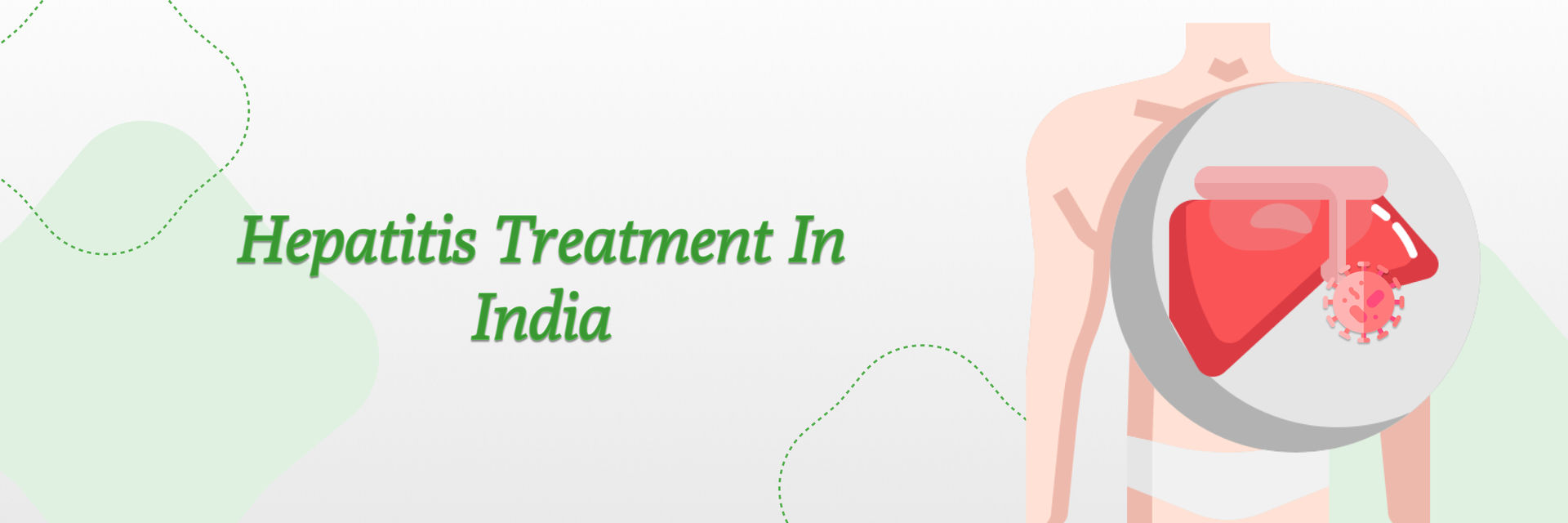Male | 55
I am suffering from chronic liver disease from may 2017. I was fine but now my serum bilirubin in 3.8 and early 10 days 5.01 without any symptom

Clinical Pharmacologist
Answered on 23rd May '24
• Cirrhosis is a late stage of liver scarring (fibrosis) induced by a variety of liver disorders and conditions, including hepatitis and persistent drinking. When your liver is damaged, whether through illness, excessive alcohol intake, or another cause, it attempts to restore itself. Scar tissue arises as a result of the procedure.
• It causes scar tissue to grow, making it harder for the liver to function (decompensated cirrhosis) and is considered to be potentially fatal by nature. The liver damage is often irreversible. However, if detected early and the underlying cause is addressed, additional damage can be reduced and, in rare cases, reversed.
• It often has no signs or symptoms until liver damage is extensive.
• On damage the following signs/symptoms can be seen - Fatigue , easy bleeding/bruising , Loss of appetite, Nausea, pedal/ankle odema, Weight loss, Itchy skin, Yellow coloured eyes and skin, ascites(fluid accumulation in abdomen), spiderlike blood vessels, redness of palms, absence/loss of periods (not related to menopause), libido and gynecomastia(breast growth in males)/testicular atrophy, Confusion, sleepiness, and slurred speech (hepatic encephalopathy)
• Usually, the total bilirubin test shows 1.2 mg/dL for adults and 1 mg/dL for children under the age of 18. The normal value for direct bilirubin is 0.3 mg/dL.
• Normal findings may differ somewhat between men and women, and results may be influenced by particular diets, drugs, or severe activity. Bilirubin levels that are lower than normal are typically not a cause for worry. Elevated levels might be a sign of liver injury or illness.
• Higher-than-normal amounts of direct bilirubin in your blood may suggest that your liver isn't adequately removing bilirubin. Elevated indirect bilirubin levels may signal other issues.
• Gilbert's syndrome, a lack in an enzyme that aids in the breakdown of bilirubin, is a frequent and innocuous cause of high bilirubin. Further tests may be ordered by your doctor to explore your situation. Bilirubin test results can also be used to track the evolution of specific illnesses like jaundice.
• Further laboratory investigations such as AST(aspartate aminotransferase), ALT(alanine transaminase), ALP(alkaline phosphatase) and GGT(gamma-glutamyl transpeptidase); Total Albumin, Lactic Dehydrogenase, Alpha protein, 5’nucleotide, mitochondrial antibody and PTT levels need to be determined and procedures such as CT scan, MRI (for liver tissue damage) and biopsy (in case of chance of any cancerous growth) need to be performed.
You can also visit hepatologist for detailed treatment.
Related Blogs

Why India is the preferred destination for Liver transplant?
India emerges as the preferred destination for liver transplants, offering world-class medical expertise, state-of-the-art facilities, and cost-effective solutions.

Best Hospitals in The World List- 2024
Discover leading hospitals worldwide. From advanced treatments to compassionate care, find the best healthcare options globally.

Best Liver Cirrhosis Treatment in India 2024
Discover effective liver cirrhosis treatment in India. Explore renowned hepatologists, advanced therapies, and comprehensive care for managing this condition and improving quality of life.

Hepatitis Treatment in India: Comprehensive Care
Access comprehensive hepatitis treatment in India. Explore advanced facilities, experienced specialists, and effective therapies for a path to recovery and better health.

Hepatitis E in Pregnancy: Risks and Management Strategies
Explore hepatitis E in pregnancy. Learn about risks, symptoms, and management options to ensure the health and well-being of both mother and baby.